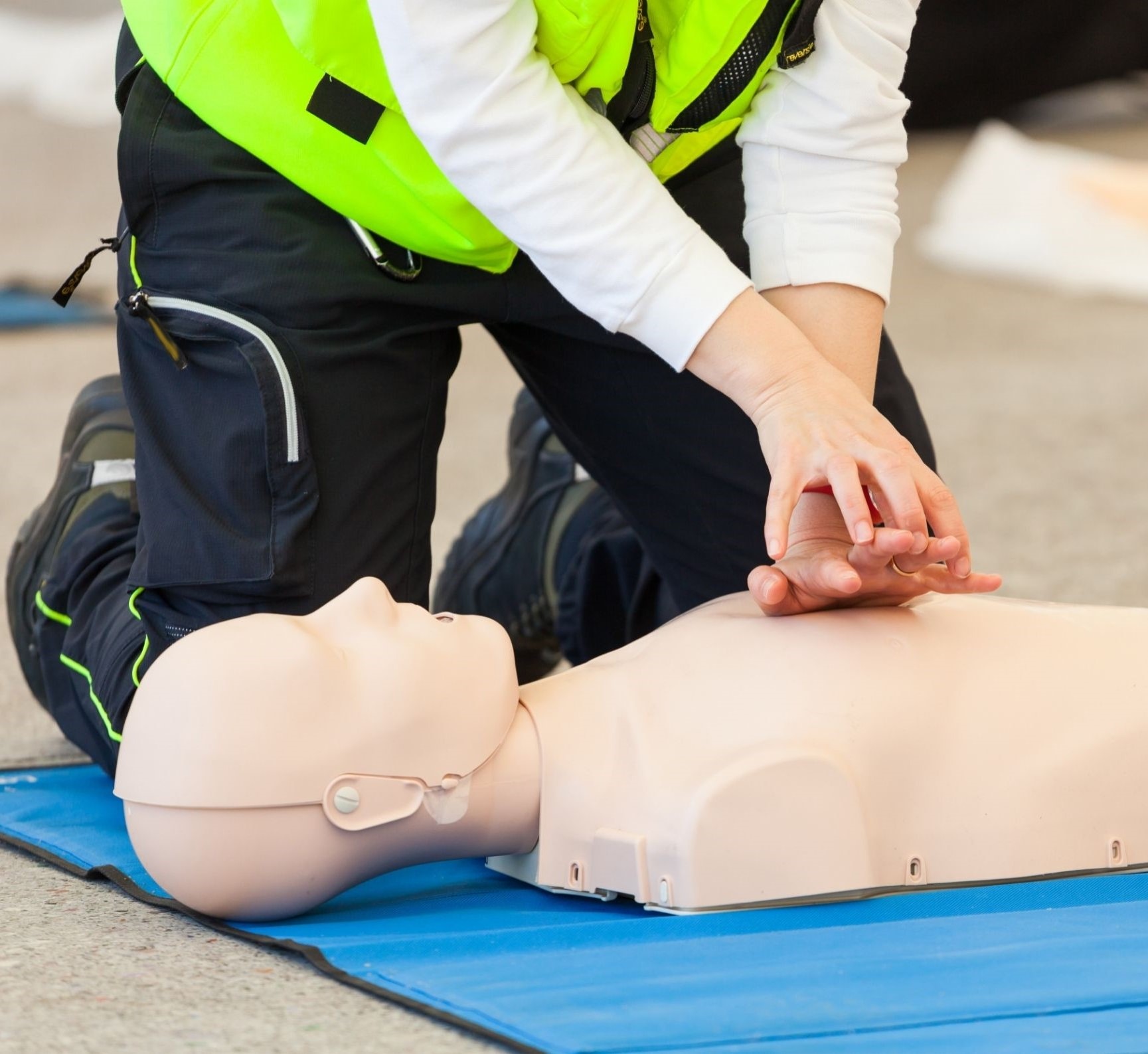Introduction
In today's hectic world, emergency situations can strike at any moment, commonly when we least anticipate them. One crucial skill that can make a considerable difference between life and fatality is Cardiopulmonary Resuscitation (CPR). This short article explores how CPR training transforms ordinary citizens into regional heroes, substantially improving neighborhood safety. From parents taking a Child Treatment Emergency treatment Course to people looking for a CPR Course, the ripple effect of such training can be profound.
What is mouth-to-mouth resuscitation? Recognizing the Basics
Defining Cardiopulmonary Resuscitation
CPR represents Cardiopulmonary Resuscitation, an emergency situation treatment that integrates upper body compressions and synthetic air flow to preserve blood circulation and breathing in an individual who has stopped breathing or whose heart has stopped beating.
Importance of mouth-to-mouth resuscitation Training
Why is CPR training important? When performed appropriately, mouth-to-mouth resuscitation can increase or even triple a sufferer's possibilities of survival after cardiac arrest. Immediate activity can maintain the brain to life until hltaid011 First Aid Courses Near Me - Skills Training College expert help shows up, which is why recognizing how to do it is essential.
Local Heroes: The Effect of CPR Training on Neighborhood Safety
The expression "regional heroes" embodies those ordinary participants of the neighborhood that step up during emergencies. With effective training, such as the hltaid009 mouth-to-mouth resuscitation Course, they become geared up with life-saving abilities.
Community Empowerment via Training
When people take part in CPR training, they equip themselves and their areas. Trained people are more probable to identify emergency situations and take ideal activity swiftly.
Statistics Program Enhanced Survival Rates
According to research, communities that prioritize CPR training see greater survival prices in cardiac arrest cases. This statistic underscores the importance of prevalent accessibility to programs like the hltaid012 Childcare Emergency treatment Course
Types of mouth-to-mouth resuscitation Courses Available
1. Fundamental CPR Course (HLTAID009)
This course covers essential techniques suitable for grownups and kids. Individuals learn exactly how to perform upper body compressions correctly and offer rescue breaths.


2. Child Care First Aid Course (HLTAID012)
Designed especially for childcare providers, this course concentrates on pediatric first aid methods along with standard grown-up procedures.
3. Advanced Life Assistance Courses
For those curious about ending up being even more knowledgeable, sophisticated training courses supply considerable understanding about using clinical tools during emergencies.
Finding the Right Program Near You
Searching for 'CPR Courses Near Me'
With numerous alternatives offered, looking for " CPR Programs Near Me" can generate lots of outcomes customized to your area and requirements.
Evaluating Program Providers
- Check reviews Assess credentials Determine program material relevance
By doing this, you make certain that you're selecting a credible supplier that meets your learning requirements.
Benefits of Local Training Programs
Strengthening Area Bonds
Training citizens cultivates a sense of unity; neighbors come to be allies in ensuring everybody's safety.
Creating a Culture of Preparedness
Communities with conveniently offered emergency treatment courses promote a setting where individuals really feel answerable for each other's well-being.
The Duty of Schools in Community Safety
Implementing First Aid Education in Schools
Integrating mouth-to-mouth resuscitation and first aid training into institution educational programs encourages young people with skills they'll carry throughout life.
The Relevance of Teaching Children
Teaching kids about emergency situation treatments prepares them emotionally if they ever come across an emergency situation situation.

How Organizations Can Contribute to Safety Initiatives
Encouraging Worker Educating Programs
Businesses can companion with neighborhood companies supplying courses like the hltaid011 First Aid Course to train their team member effectively.
Creating Safe Job Environments
A work environment devoted to safety shows obligation towards staff members' health and wellness with normal training sessions.
Personal Stories: Regional Heroes in Action
Case Research study 1: A Lifesaving Moment at a Neighborhood Park
In 2020, a dad who had completed the hltaid009 mouth-to-mouth resuscitation Course conserved his child from sinking at a community swimming pool. His fast thinking and expertise gained from this course made all the difference during that important time.
FAQ Section
1. What is consisted of in a typical mouth-to-mouth resuscitation course?
Most mouth-to-mouth resuscitation programs include hands-on practice with manikins, guideline on identifying emergencies, executing upper body compressions, rescue breaths, and making use of an Automated External Defibrillator (AED).
2. How much time does it require to complete a Child Care Emergency Treatment Course?
Typically, these courses vary from 8-12 hours relying on the provider and particular curriculum followed.
3. Can I locate online choices for these courses?
Yes! Lots of organizations offer combined learning layouts integrating online concept with functional sessions later on.
4. Exists an age need for participants?
Most training courses approve participants as young as 12 years old; nevertheless, policies may vary by provider.
5. How typically must I renew my certification?
Certifications typically require renewal every 2 years; it's essential to remain updated on ideal practices!
6. Exist financial aid options readily available for training programs?
Many regional companies supply scholarships or grants aimed at raising ease of access Child Care First Aid Courses Near Me for locals intending to go after lifesaving skills!
Conclusion
In final thought, it's clear that regional heroes develop from detailed area efforts concentrated on training residents in important lifesaving skills such as those educated in various emergency treatment and mouth-to-mouth resuscitation programs available today-- whether with institutions or businesses promoting programs like the hltaid011 Emergency treatment Course By spending time right into discovering these skills not only do individuals prepare themselves but additionally grow safer environments across neighborhoods-- assisting every person lead healthier lives while being prepared when seconds count!
Through cumulative dedication towards education and learning-- areas flourish with each other transforming common individuals right into extraordinary regional heroes devoted towards protecting one another's lives!